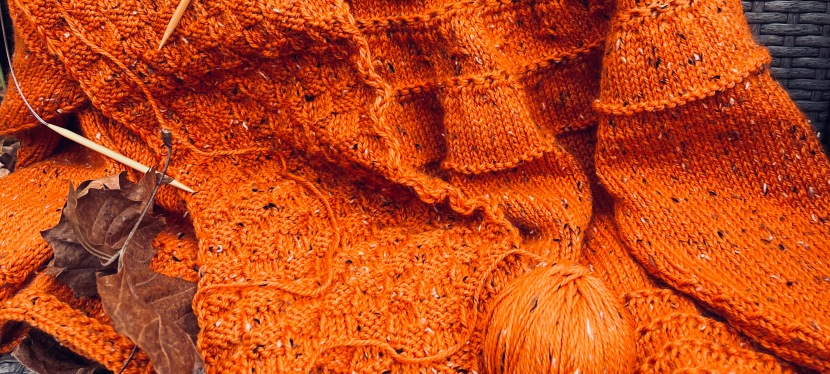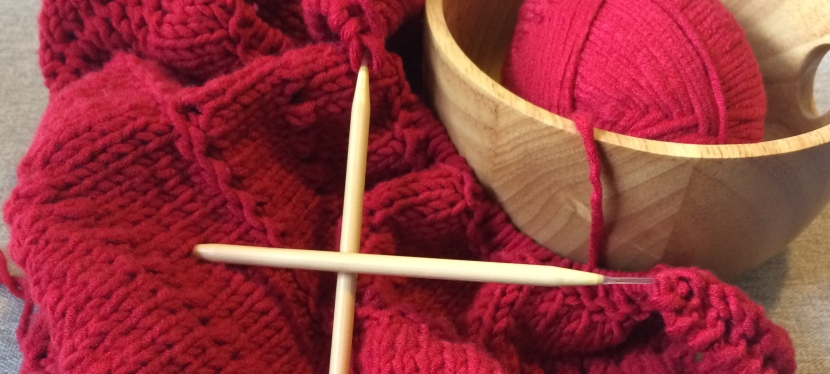Those of you planning summer youth camps are undoubtedly thinking about what activities you’ll offer in your programs this year. You’ll want something fun and engaging, something parents will talk about favorably and youth will remember fondly.
Why not teach life skills that will equip them to find their own sense of peace and calm in their lives, as well as serve as an outlet for personal expression? Why not teach crafts that have helped people make useful items for centuries? Here’s ten reasons to teach tried and true crafts – like knitting or crochet – this summer:
Ten Reasons To Teach Traditional Crafts To Young People This Summer

- You’re teaching something young people can practice and enjoy for the rest of their lives.
- You’re teaching “real” life skills, not an “arts & crafts” project they’ll trash as soon as they get home.
- Crafts help young people calm down and get away from their phones.
- It’s perfectly acceptable for both boys and girls to engage in crafts we previously thought of as “women’s” or “men’s” crafts. Boys can knit, and girls can do woodworking.
- Finishing a challenging craft project gives you a huge sense of accomplishment and self-esteem.
- You can make your own clothes, hats, scarves, and blankets, furniture, kitchen items, or other useful things you’ll treasure always.
- If you all-natural materials, you’re introducing a sustainability lesson, too.
- You can engage members of your community as teachers and create bonds between generations.
- Local crafters might donate a lot of the materials you need. All of us crafters have “stashes” of leftover and spare materials and tools we’d like to share.
- Your young people will remember “the summer I learned to knit/whittle/basketweave/crochet” as one of their best memories of summer camp.
Tips for Teaching Young People How to Knit:
- Start Small: Go with a small piece of knitting or crochet for kids’ “First Project.” It can be a coaster or a “prayer patch.”
- Consider casting on in advance for your students. Let kids get the feel for actual knitting before overwhelming them with too many skills to learn too soon.
- Patience counts! Everyone’s first piece of knitting or crochet will likely look wonky. That’s fine.
- Have plenty of volunteers available to help kids one-on-one.
- Consider making short videos of your lessons, so kids can refer back to them later on their phones.
Need a pattern? My new book A Prayer Shawl Handbook has plenty of patterns for simple patterns for prayer shawls and small, quick prayer patches.
Cynthia Coe is the author of The Prayer Shawl Chronicles, a collection of interrelated short stories about knitters and those they meet through knitting and sharing prayer shawls.
Be sure to check out my newly published A Prayer Shawl Handbook: Inspiration and Resources for Your Prayer Shawl Ministry, now available in paperback and e-book editions and included in Kindle Unlimited. Thanks for all the wonderful “thumbs up” of support for this new book!!!








